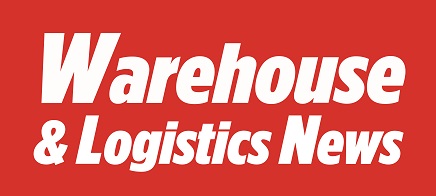In the next five years, warehousing will look significantly different to what it does today. Or so research suggests. More than 85% of UK fulfilment centres are expected to be automated by 2030, highlighting how quickly AI and robotics are moving from concept to core infrastructure.

As businesses race to meet rising consumer expectations for faster, more personalised service and higher performance standards, operational efficiency – once a competitive advantage – is fast becoming a necessity. And for many, this level of efficiency may only be achievable through automation.
Packaging is an ideal starting point for those looking to explore automation. Solutions like automated packing lines are increasingly accessible to businesses of all sizes, making integration far easier. Kite Packaging, for instance, offers a wide range of automated solutions and has supported many companies in streamlining their packing processes.
Even simple upgrades such as conveyor systems can accelerate the movement of goods between key processing stages. They reduce manual handling and offer layout flexibility. Thanks to modular designs, these systems can be installed virtually anywhere – without extensive work or disruption – making them a smart choice for automating workflows.
Enhancing this setup with case erectors can further boost productivity. By automating box assembly, these machines can produce up to 720 cartons per hour. Their compact size allows for integration in space-constrained areas. It also eases the physical demands on staff, freeing them to focus on value-adding tasks such as packing more orders.
Robotic arms fitted with AI-powered vision systems can swiftly pick, place, and pack products, adjusting seamlessly to varying shapes and sizes in real time. This adaptability is especially valuable in fulfilment centres managing a broad mix of SKUs, where consistency and precision are critical to maintaining customer satisfaction.
Automation also supports sustainability goals. By optimising packaging dimensions and reducing excess material, businesses can cut costs and limit their environmental footprint. Precisely formed cartons, for example, reduce the need for void fill, protect products more effectively in transit, and lower return rates.
As technological advancements continue to bring down implementation costs, automation is now within reach for more businesses than ever. Those that invest will be better positioned to safeguard their profit margins and futureproof operations in the face of ongoing inflation – while staying agile in an evolving marketplace.




Comments are closed.